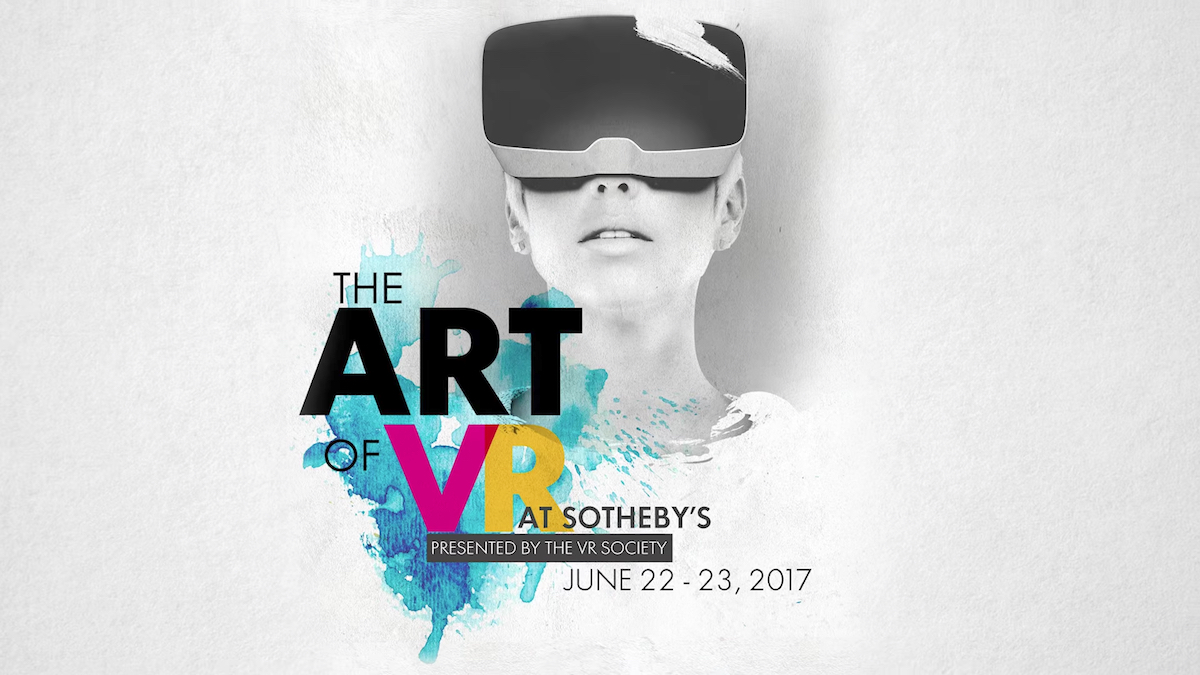Last month, the Lab attended The Art of VR event presented by the VR Society. The two-day event hosted at Sotheby’s NYC brought together leaders in the VR industry to discuss the future of the space from creative, production, media, and advertising perspectives. The day was split between panel discussions ranging from realistic human avatars to the future of media and many different demos illustrating the wide range of VR applications today.
VR’s Growing Pains
It is no surprise that the VR space is still in its infancy. While there has been rapid adoption of the Samsung Gear VR – almost 5 million headsets have been purchased – and mobile VR, overall, the VR space is stilling lacking content and users. As we observed in our 2016 Outlook report:
“While early adopters and hardcore gamers are starting to buy virtual reality gear with the launch of Samsung Gear VR and the upcoming Oculus Rift, Playstation VR, and HTC Vive, creation of content that will spur real adoption is only beginning. It’s a chicken-or-egg problem: Why buy a headset if there’s little content and why invest in content if so few can see it?”
The Indie VR panel only reinforced this point. The industry is starting to gain traction, however, the final format for VR is still unknown. Panelists suggested that there needs to be weirder experimental content to test out what VR can truly be.
Realistic Human Avatars
One of the most interesting concepts that is starting to solidify are realistic human avatars within VR. Companies like Loom.ai, Wolf3D, Macinnes Scott, and Facebook’s Oculus team are all, already working on the technology. However, it begs the question – who is actually going to use them?
If we look back, videos games have been offering a level of personalize/stylization for years. Players are able to customize facial features, skin tone, height, clothing, gender and more. Fast forward to October of 2014 and the launch of customizable avatar platform Bitmoji took personalized avatars even further. Now people are able to create human-like social avatars to be shared on different social messaging platforms. Bitmoji was so successful that Snap Inc acquired Bitmoji’s parent company BitStrips for $100M. Looking to the future, Macinnes Scott is looking to create hyper realistic avatars for celebrities and allow such avatars to be licensed out for mind-blowing VR content creation.
Takeaways for Brands
Three major takeaways from this event for brands that is curious about exploring VR:
1). At its current stage, VR excels at storytelling, so don’t expect to sell large volume of products in VR but rather focus on driving brand loyalty and awareness instead.
2). Be mindful in choosing the type of VR content to integrate with — they needs to be able to align with brand products in a natural way.
3). The analytic tools are here today to measure the success of a VR campaign, but brands will need to use their own judgements as to which ones they want to use.
The Lab team have been shouting from the rooftops that the best use case for VR is storytelling. VR is the perfect realm to tell stories and engage with a user in a way that has never been possible before. From a brand perspective, we envision brands integrating into VR experiences where their products fit organically .VR is exciting because the experiences are built within gaming engines that make integrating branded 3D objects simple. Brands can have their product built directly into a game’s environment and allows game publishers to bring this additional layer of realism to their game (as well as generate some extra revenue). Overall it is a win-win scenario for both VR content creators and brands.
Well-placed product ingratiation within a suitable VR experience doesn’t mean anything to a brand unless real tangible insights can be produced. That is where VR analytics companies like CognitiveVR come into play. They allow brands to track a multitude of rich interactions within a VR experience including; how a user moves within the game, gaze (where a person is “looking”), number of branded object interactions and time spent. There is no consensus on what metrics will be the most useful to measure campaign success, which brands will have to decide for themselves on a case-by-case basis. However, the tools are available today to provide real tangible insights for brands.

